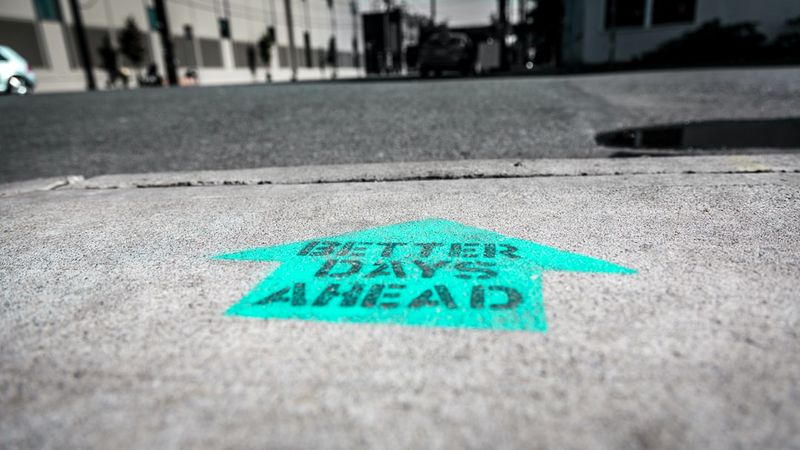Second Life vs Metaverse: The Endurance of the Former
Second Life, a virtual world that was launched two decades ago, remains a popular metaverse despite being viewed by some as rudimentary and its inhabitants as eccentric. Amid Mark Zuckerberg’s grandiose vision for an online existence, Second Life offers a more modest vision of a digital world and yet has persisted as a profitable and populated metaverse. Although it has far less popularity than some online video games, with only around a million monthly users at its peak, it continues to thrive and generate revenue. During the pandemic, new registrations for Second Life soared, with nearly one million visitors logging on each month. The virtual world’s GDP is estimated at $650m, and around 185m items are sold each year in the Second Life marketplace, with an average cost of $2 per item. The world also has its own currency called the Linden dollar, which can be withdrawn into local currencies. Moreover, it has a higher revenue-per-user than YouTube or Facebook but does not rely on advertising driven by behavioural targeting and surveillance, which is said to be deeply unethical practices that the public would never accept in the physical world.
What is a Metaverse?
A metaverse is a contiguous representation of data and active user communities within, in which one might walk from, say, eBay marketplace to YouTube cineplex or take a virtual Uber from the great library of Wikipedia to the twin towers of TikTok and Instagram. It offers the possibility of a coordinated manifestation of websites and users, built on current technologies (VR headsets, blockchains, cryptocurrencies and all) and poses unprecedented opportunities to virtual landowners, advertisers, and marketers. The metaverse promises a place where we can embody a single body and consistent identity, eliminating the need for a thousand logins and passwords. The term metaverse was coined by American writer Neal Stephenson in his 1992 sci-fi novel Snow Crash. Although Second Life was not intended to replace the internet, it was the most successful manifestation of a metaverse that still persists.
The Failure of the Metaverse Compared to Second Life
Mark Zuckerberg’s grand vision for the Metaverse, the “successor to the mobile internet,” has stalled. Despite spending $36 billion on the project, little has been achieved. User numbers for Horizon Worlds, Meta’s first draft of an interconnected world, have steadily declined during the past year. Moreover, most visitors do not return after the first month, and a feature to reward users who have created content within Horizon Worlds generated just $470 globally in revenue in its first year. Recently, Zuckerberg announced 21,000 redundancies and hinted that all Meta employees may soon be required to return to physical offices, casting doubt on his metaverse plans further. The failed project signifies that Second Life, with a more modest vision of a digital world but a profitable one, has endured as a populated metaverse.
The Endurance of Second Life
The enduring success and profitability of Second Life lie in its accessibility and capacity to facilitate human creativity. Second Life’s creator, Philip Rosedale, wanted users to stake plots of virtual land and build virtual homes, but he was determined it would not become a video game filled with quests and errands. Thus, he envisioned the creativity of content generation would be user-driven, not prescribed. The world’s economy has incentivized users to create weird things and sell them to each other, which led to the

<< photo by Diego PH >>




